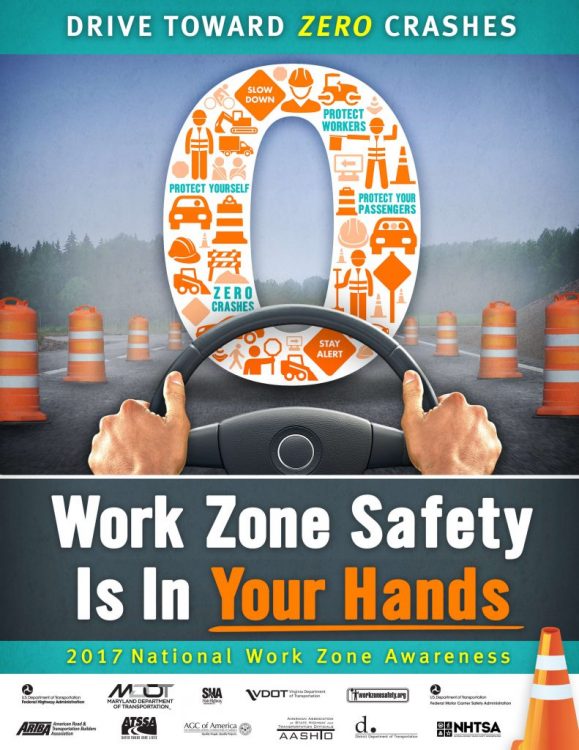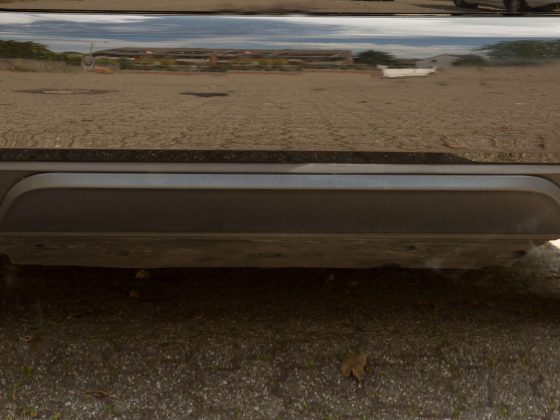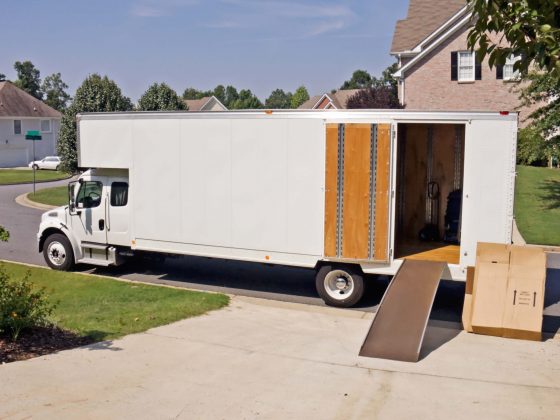Observed throughout the country, National Work Zone Awareness Week (April 3-7) is a yearly-held spring campaign signifying the start of the construction season.
Use eTags© to Quickly Complete Your DMV Service. Renewals, Title Transfers and More, All Online!
NWZAW helps prepare drivers for upcoming construction by spreading awareness, encouraging them to stay safe while driving through highway work zones. The Awareness Week promotes a culture of caution, attentiveness and safe driving.
The American Traffic Safety Services Association
Since 1999, the Awareness Week has been powered by both the FHWA and the American Association of State Highway and Transportation Officials. The American Traffic Safety Services Association, too, has assisted, helping sponsor and coordinate the event. Over many years, various transportation partners have assisted the Association’s efforts, hosting their own NWZAW events.
A Focus on Distracted Driving
While NWZAW events focus on widespread work zone awareness, they focus heavily on distracted driving. Spanning across texting-while-driving awareness, speed-related crashes and highway ramp accidents, NWZAW constantly helps drivers perform better. The changes distracted drivers make can reduce potentially fatal crashes. Meanwhile, drivers distracted by any activity other than driving contribute to yearly crash statistics.
NWZAW events help drivers target typically distracting actions, such as eating, texting, drinking or looking for directions. According to NWZAW officials, three types of distracted driving exist, including visual, manual and cognitive.
Helping Work Zone Safety
The high focus on distracted driving greatly reduces work zone accidents. Another high focus on speed-related crashes, too, has helped make these areas safer. NWZAW officials have helped drivers understand the downfalls of distractions, aggressive driving and inattentive vehicle handling. Today, the most frequently occurring work zone crash exists as a rear-end collision. For this reason, officials strive to help drivers pay constant attention to traffic while maintaining an adequate following distance. Experts believe cell phone usage increases the occurrence of rear-end collisions by as much as 18 percent. It also increases erratic driving by 25 percent.
Work zones are busy places. They’re also highly dynamic. They’re changing from minute to minute, and trucks, flags, cones and new workers can appear with little notice. For this reason, work zone awareness is critical. If motorists are alert, traffic control laws can be obeyed. Sadly, traffic control devices like pavement markings, signs and posts aren’t enough to stop collisions.
Smarter Work Zones
As part of National Work Zone Awareness Week, officials often help work zone officials achieve a higher degree of safety. Smarter Work Zones, among other programs, hosts several initiatives based around NWZAW approaches. The initiative uses different strategies to ensure worker safety, minimize travel delays and maintain access to local businesses. When a high focus on workplace coordination exists, workers themselves are protected.
Overall, National Work Zone Awareness Week is an opportunity for drivers and workers alike, helping both parties achieve better daily commute and work standards. While the awareness week is driver-centric, workers can similarly take charge with safety precautions to promote safe environments. Construction workers are advised to stay away from roadside ends, emerge from vehicles away from traffic and give advanced notice to passing drivers before placing caution barriers. Together, both driver and worker can create safe, proactive environments.








